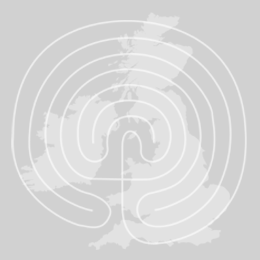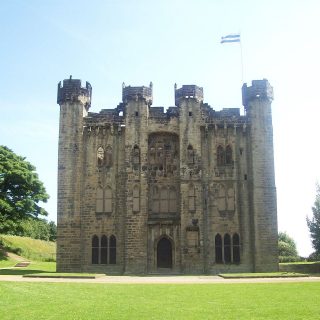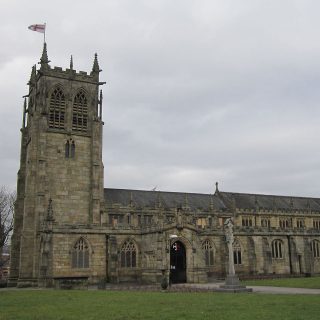Pixie Day, Ottery St Mary
The nearest Saturday to Midsummer’s Day is Pixie Day in Ottery St Mary, where school children dressed as Pixies re-enact a legendary tale in which the local fairies tried to silence the church bells before retreating to their cave for another year.





Recent Comments